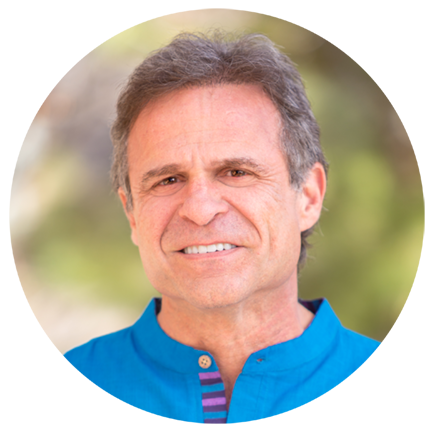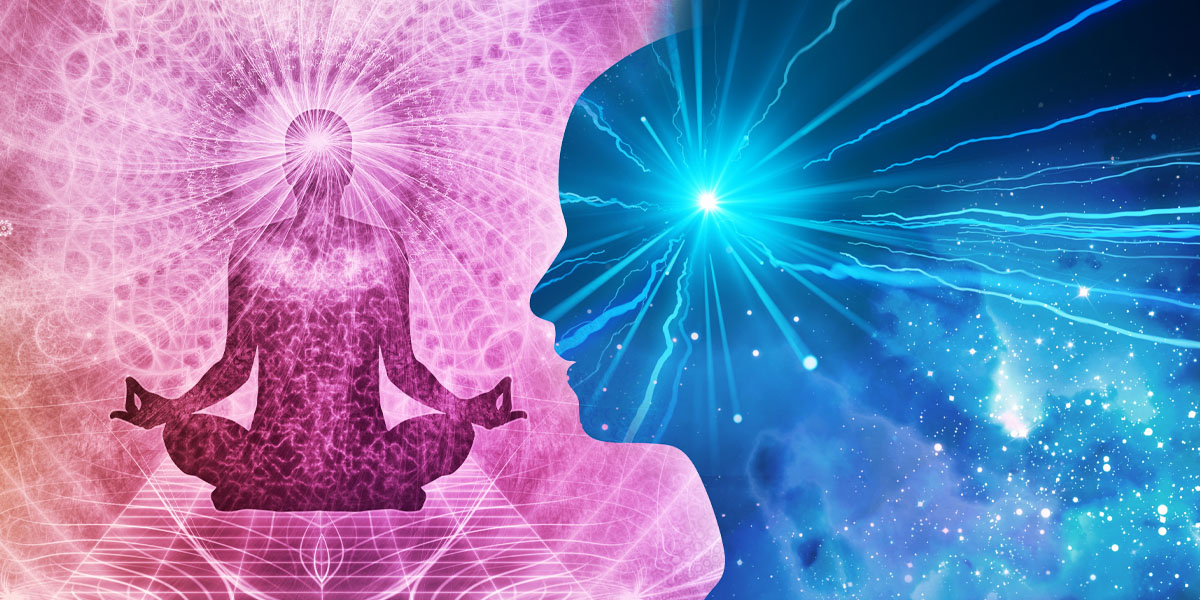By the time she came to us, Mary* had tried everything. Her struggles with schizophrenia and dissociative disorder had taken her through multiple drug treatment programs and outpatient psychiatric care. None of it, however, had been able to prevent Mary from repeated drug binges that left her in local psychiatric units, clinging to her life.
Six weeks later, Mary was free of her dissociative disorder. Our healing practitioners at The Sanctuary cleared layers of toxic energy that had accumulated in Mary’s energy body over years of coping with trauma via substance abuse. Her symptoms of mental illness vanished; gradually, she regained full awareness in her body. Through the transformative power of energy healing, Mary is now leading a productive life free of addiction and psychosis.
Learn About Our Energy Medicine Therapy
Addiction Comes From Toxic Patterns in the Luminous Body
The energy body – also known as the luminous body – is the collective field of atomic energy emanating from your body. You can think of it as a living sea of energy-containing information that is vital to your life experience. Healing traditions have always understood that, in order to heal the body and mind, patterns of distortion must first be removed from the luminous body. The blueprint of your physical, mental, and emotional health is located in this energetic field.
Trauma, abuse, addiction, and other toxic patterns create imprints in the luminous body. If it fully integrates these patterns, the normal ways in which your body and mind are regulated gradually change. Your body’s cells begin to organize differently based on the distorted information coming from the field. This is why holistic treatment goes beyond treating addiction and trauma at the level of their symptoms – to restore wellness, these maladies must be addressed on the level of energy.
Energy Healing to Restore Harmony
In the Western treatment model, addiction is considered a chronic, incurable disease. A person like Mary is prescribed a program of symptom management, not a path to recovery. Before coming to The Sanctuary, Mary spent hundreds of hours in different drug treatment programs without seeing any improvement in her mental condition. This is because the toxic imprints in her luminous body were unchanged. As a result, her mind and body went on receiving the same distorted instructions.
Sickness is an energetic disruption. At The Sanctuary, our licensed healing practitioners use energy medicine to cleanse your luminous field of toxic imprints and restore your system to its original harmony. Trauma, addiction, abandonment, and abuse are all issues that are energetic in nature and thus can be treated successfully via holistic therapies.
Changing the Blueprint to Overcome Addiction
Have you ever found yourself thinking that recovery is impossible? We’re here to tell you otherwise. You’re an adaptive, energetic being with endless potential to grow and evolve. When you modify your energetic blueprint, you free yourself of all the entrapments that were previously holding you back. At The Sanctuary, recovery is a conscious decision you make to change your life forever.
Feel empowered to begin your path of recovery. Call us at (877) 710-3385
or email us at info@sanctuary.net to learn how.
*Name changed to protect confidentiality.

He is the Founder, Administrator, Counselor at the Sanctuary at Sedona.
He has a BA in Political Science and is currently Senior teaching staff at Four Winds Society, an international school of energy medicine. His credentials also include being an Ordained Minister; a Certified Shamanic Breathwork® Facilitator; a Founding Member Society for Shamanic Practitioners; a Member of Association for Comprehensive Energy Psychology; a Member of the National Institute for Holistic Addiction Studies. [email protected]

